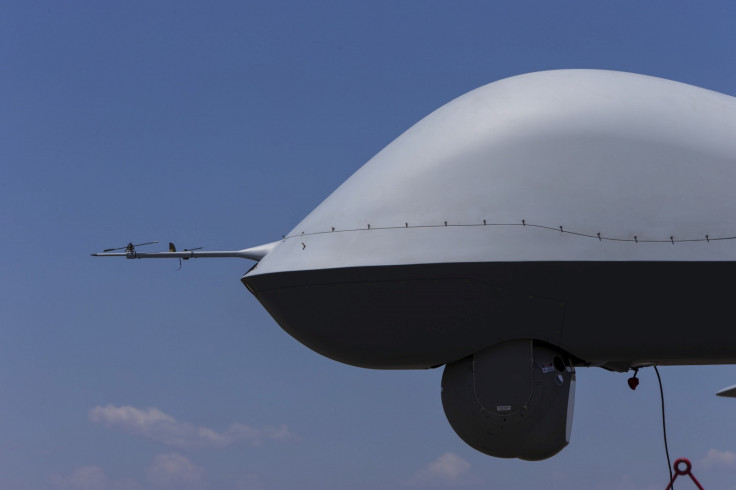Pentagon increasing drone flights by 50% to meet demand for air strikes and global surveillance

The Pentagon is planning to greatly increase the number of drone flights currently being operated in the country by 50% in order to meet the US government's demands for surveillance and air strikes.
The use of unmanned aerial vehicles (UAV) has been on the rise over the last decade and 65 drone flights are currently being run daily, up from five a day in 2004.
Most of these flights are operated by the US Air Force (USAF), which is suffering from drone pilot shortages as personnel burn out from stressful missions. In June, the USAF announced that it would be seeking to cut back drone flights from 65 to 60 a day.
To stem this problem, the Pentagon is getting involved and will pull in the US Army, Special Forces and third-party defence contractors to help run more drone flights, with the aim of increasing daily UAV flights from 60 up to 90 by 2019, a senior defence official told the Wall Street Journal.
In the past, the CIA has worked with the USAF on secret drone missions, but the increase in drone flights will enable drones to conduct surveillance for more US government agencies and gather intelligence about ongoing situations in Ukraine, Syria, Iraq, North Africa and the South China Sea.
6,000 people killed by drone air strikes so far
But drones have also been used in the past for deadly and controversial air strikes, and an increase in drone flights could lead to more civilian deaths, which campaigners say are illegal and contravene basic human rights.
In fact, a recent report by the Bureau of Investigative Journalism estimates that almost 6,000 people have been killed by drone strikes in Pakistan, Afghanistan, Yemen and Somalia to date.
Military officials have been speaking out in recent months stating that without improved intelligence, they are unable to adequately monitor activities in high-tension areas, such as the Ukraine and Islamic State (Isis) in the Middle East and Africa.
In March, US Air Force General Philip Breedlove stressed that more needed to be done to counter Russian support and influence over separatists in eastern Ukraine. He also echoed concerns from Nato that the cease-fire agreement signed in Minsk might not being adhered to.
"We do see the weapons moving. We do not know that they are moved off the battlefield but we know that they are moving," he told the Brussels Forum meeting of the German Marshall Fund.
"We continue to see disturbing evidence of air defence, command and control, resupply equipment coming across a completely porous border, so there are concerns whether Minsk is being followed or not."
What is the true cost of using military drones?
Yet the cost of using drones is paid not only by the civilians and their families in countries where the US believes there is a terrorist threat, but also by the pilots that operate these missions.
To date, 1,200 first-generation drone operators have chosen to leave their positions once their service time has ended, and only a small number of them left to earn more in the private sector.
"Having our folks make that mental shift every day, driving into the gate and thinking, 'All right, I've got my war face on, and I'm going to the fight,' and then driving out of the gate and stopping at Walmart to pick up a carton of milk or going to the soccer game on the way home — and the fact that you can't talk about most of what you do at home — all those stressors together are what is putting pressure on the family, putting pressure on the airman," US Air Force 432nd Wing commander Col James Cluff told the New York Times in June.
"After something like that, you come home and have to make all the little choices about the kids' clothes or if you parked in the right place," added Bruce Black, a retired lieutenant general who was part of a team that watched Al Qaeda founder Abu Musab al-Zarqawi for 600 hours before he was killed by a bomb from a manned aircraft.
"And after making life and death decisions all day, it doesn't matter. It's hard to care."
© Copyright IBTimes 2025. All rights reserved.





















